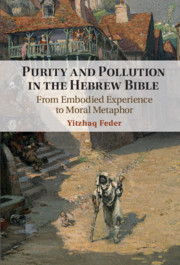The relationship between phylogenetic reconstruction and
evolutionary theory is reassessed.
It is argued here that phylogenies, and evolutionary principles, should
be analysed initially as
independently from each other as possible. Only then can they be used to
test one another. If
the phylogenies and evolutionary principles are totally consistent with
one another, this
consilience of independent lines of evidence increases confidence in both.
If, however, there
is a conflict, then one should assess the relative support for each hypothesis,
and tentatively
accept the more strongly supported one. We review examples where the phylogenetic
hypothesis is preferred over the evolutionary principle, and vice versa,
and instances where the
conflict cannot be readily resolved. Because the analyses of pattern and
process
must initially
be kept separate, the temporal order in which they are performed is unimportant.
Therefore,
the widespread methodology of always proceeding from cladogram to evolutionary
‘scenario’
cannot be justified philosophically. Such an approach means that
cladograms cannot be
properly tested against evolutionary principles, and that evolutionary
‘scenarios’ have no
independent standing. Instead, we propose the ‘consilience’
approach where phylogenetic and
evolutionary hypotheses are formulated independently from each other and
then
examined for agreement.



